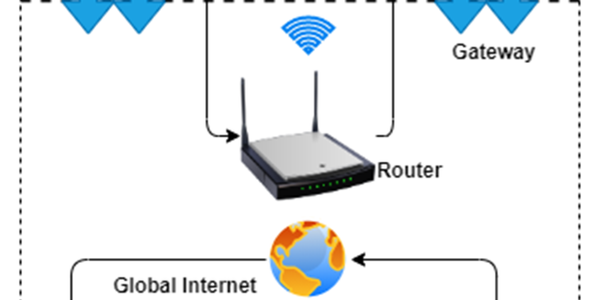Caching is undeniably an essential aspect of mobile application development. It not only significantly speeds up the data retrieval process but also greatly enhances the user experience. By storing frequently accessed data locally, mobile applications can reduce the load on servers, decrease network calls, lower data usage for users, and present data instantly, leading to a smoother, faster, and more efficient app. In this article, we'll delve into various caching strategies, emphasizing memory caching, disk caching, and network caching, and explore their applications to guarantee a seamless balance between speed and efficiency in mobile apps.
Memory Caching
Memory caching involves temporarily storing data in the app's memory or RAM. This type of caching provides the fastest data retrieval as it avoids disk read/write operations, making it ideal for data that is accessed frequently but doesn't need to persist between sessions.
One popular library for implementing memory caching in Android apps is LruCache from the Android SDK. LruCache stands for "Least Recently Used Cache," which holds strong references to a limited number of values, each accessed by a key. When the cache is filled, the least recently used items are evicted to make space for new entries. Here's a simple implementation:
int cacheSize = 4 * 1024 * 1024; // 4MiB
LruCache<String, Bitmap> bitmapCache = new LruCache<String, Bitmap>(cacheSize) {
protected int sizeOf(String key, Bitmap value) {
return value.getByteCount();
}
};In this example, we create a cache size of 4MB for storing bitmaps. When adding items to the cache or retrieving items, the LruCache automatically manages which items to keep or discard based on their usage.
Disk Caching
While memory caching is fast, its temporary nature means it's not suited for data that needs to persist across app launches. Disk caching comes into play here, saving data to the device's file system, ensuring its availability even after the app restarts or the device reboots.
Android offers several options for disk caching, but a popular approach is to use the DiskLruCache library, an extension of the LruCache principle to disk storage. Implementing DiskLruCache can be more complex than memory caching due to the need to manage file I/O operations. Here is a basic setup:
File cacheDir = new File(context.getCacheDir(), "http");
DiskLruCache cache = DiskLruCache.open(cacheDir, appVersion, 1, 10 * 1024 * 1024); // 10MBIn this setup, we create a 10MB disk cache in the app's cache directory, suitable for storing larger or more permanent data.
Network Caching
Network caching is about managing data fetched from the internet. It involves storing responses to requests in either memory or disk cache, allowing the app to access data without needing to re-fetch it from the server, reducing bandwidth consumption and improving loading times.
Retrofit and OkHttp libraries in Android, for example, provide built-in support for network caching. Configuration is straightforward:
int cacheSize = 10 * 1024 * 1024; // 10 MiB
Cache cache = new Cache(getCacheDir(), cacheSize);
OkHttpClient okHttpClient = new OkHttpClient.Builder()
.cache(cache)
.build();
Retrofit retrofit = new Retrofit.Builder()
.baseUrl("https://your.api.endpoint")
.client(okHttpClient)
.build();By configuring OkHttp with a cache, Retrofit automatically benefits from network response caching, leveraging both memory and disk caching as appropriate based on the cache-control headers from the server responses.
When designing caching solutions for mobile apps, it's vital to consider the types of data your app handles and select the appropriate caching strategies. Memory caching is excellent for short-term, frequently accessed data. Disk caching is best for data that needs to persist across app launches, and network caching is crucial for efficiently managing data fetched from the internet. By combining these strategies thoughtfully, developers can create mobile applications that are both fast and efficient, providing an enhanced user experience. .
Conclusion
Choosing the right caching solutions for mobile applications is crucial for enhancing user experience and maintaining efficient data retrieval. Developers must balance the need for speed with the necessity of data accuracy, ensuring the app remains responsive and up-to-date.
